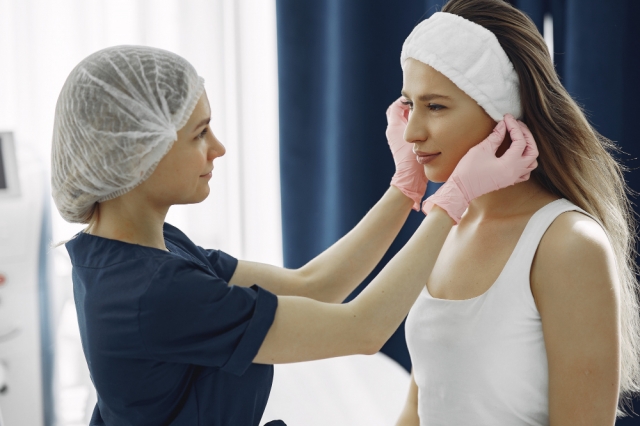More people are beginning to consider cosmetic surgery in New York, whether due to insecurity or the need to enhance their current look. This surgery type is very sensitive and requires a high standard of care from surgeons who perform it. However, not everyone upholds this standard of care when performing the procedure, thereby harming the victim.
There is a lot of concern around this type of medical malpractice because it can have a long-term damaging impact on victims and leave them in a dangerous state.
The nature of how cosmetic procedures work can make establishing a case a lot more difficult than regular personal injury cases, which is why you need someone like attorney Sean Duffy of Duffy & Duffy, PLLC by your side. In this article, we provide you with an overview of medical malpractice and the steps to take if you are ever harmed by it.
What is Medical Malpractice in the Cosmetic Industry?
Medical malpractice occurs when a healthcare provider (doctor, nurse, or surgeon) deviates from standard medical practice, causing harm to a patient. However, it is not uncommon for the healthcare facility itself to be made liable for the error rather than the staff.
Surgeons can make errors while performing these complex procedures due to oversight or fatigue. Procedures like breast augmentation, liposuction, and rhinoplasty can go wrong and cause harm instead. Inappropriate surgical instrument sterilization can also cause severe infections that, in turn, can lead to life-altering consequences.
As cosmetic surgeries become the order of the day, patients must stay cautious about the dangers caused by medical negligence. With better knowledge, patients and medical practitioners can make better decisions.
What Does a Successful Medical Malpractice Lawsuit in Cosmetic Surgery Entail?
Negligence is the focus of many medical malpractice suits in New York. To prove negligence in a botched cosmetic procedure, four elements must be present in any lawsuit. Without them, one cannot recover compensation for injuries or damages suffered. These four elements are duty of care, causation, breach of duty, and harm.
In practical terms, a surgeon performing an incorrect procedure that leads to severe disfigurement is an example. In this case, the duty of care is established because the surgeon must perform the surgery within industry standards of care.
Causation refers to the element linking the breach to the harm, such as an improperly sterilized surgical instrument. If the procedure is not performed correctly, the medical practitioner, as a professional, is in breach of duty.
Harm refers to the compensable damages suffered by the victim. This can be economic or non-economic.
What Are the Steps to Follow After Suffering Harm in a Cosmetic Procedure?
The period after suffering medical harm can be a very challenging one for anyone. You are not sure of the immediate and eventual impact of the harm, which can leave you in a state of despair. What you do not want added to this is the loss of any possible compensation you can get. As such, the recommended first step is to speak with a legal professional.
When you contact a personal injury attorney, they can take the details of your case and advise you appropriately. Usually, they will start by collecting all possible information about the nature of the procedure to identify where the negligence occurred. Then, they will collect all pictorial and video evidence necessary to build a case against the negligent doctor.
Considering the nature of this claim, expert opinion from another cosmetic surgeon can be very helpful. This is because it is easy to establish negligence when you can show that another doctor would have acted differently to avoid the harm you have suffered.
Conclusion
There is a rise in medical malpractice from cosmetic surgeries as more people subscribe to enhancing their looks. Taking immediate legal steps can make all the difference if you or your loved ones are victims of any such malpractice in New York. You may want to contact a medical malpractice attorney today so they can advise you appropriately.






